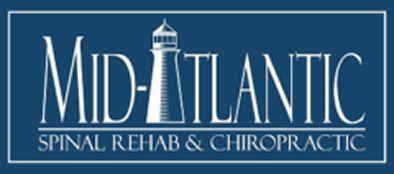Do I Need an MRI After My Baltimore Auto Accident Injury?
As a Baltimore chiropractor that treats many patients involved in Baltimore auto accident injuries I am often asked whether a patient’s injuries from a Baltimore auto accident requires an MRI. It occurred to me that in my previous blog posts I have not spent much time discussing MRIs so I figured it was time to do so.
MRI stands for magnetic resonance imaging. It is a diagnostic test that involves having a Baltimore auto accident injury patient to lay down in a large tube in order to have a region of their body scanned. Typically following a Baltimore auto accident injury the regions of the body that I would typically refer for MRI include the neck, lower back, shoulder or hip. MRIs are fantastic tools to better help a practitioner appreciate the living anatomy of an injured patient. The school of thought is that if a patient is having pain in a region of his body and the MRI shows altered anatomy in that region, that the altered anatomy is usually responsible for the pain in that region.
Let’s take an example. I am treating a patient for a Baltimore auto accident injury. I start their therapy off at 3x/week for the first four weeks. At the end of the first month (12 visits) I perform a re-evaluation where I re-perform orthopedic and neurological evaluations and I ask questions about the frequency and severity of their pain. Provided that the patient has been making an acceptable level of progress towards resolution of his chief complaints (>50% improvement per region both subjectively and objectively) we decide to move on with care on a reduced treatment frequency (say, 2x/week). If, on the other hand, the patient continues to mention daily pain, or radiating pain from the neck into the arms, or radiating pain from the lower back into the legs, that may be a different story. In those instances, I will typically refer out for an MRI of the region involved, in order to rule out a “worst case scenario.” These worst case scenarios are disc herniations, ligament tears, muscular avulsions, etc. Basically, these are conditions that exist that I can not treat as a chiropractor and that require specialist referrals.
So the question as to whether or not a patient requires an MRI following their Baltimore auto accident injury is not always straight forward. It depends on the patient, and it depends on their response to treatment. If they are not improving as expected, then I have my staff refer them for an MRI and we will take whatever steps we need to to resolve their injuries moving forward. Typically following a positive MRI my staff and I will make referrals to orthopedic, neurological, or pain management specialists for second opinions and future treatment recommendations.
MRIs are wonderful tools because they do not expose the subject to any radiation. A patient can undergo as many MRIs as often as they need to without any harm to their body. The pictures produced by MRI are considered the “gold standard” for advanced imaging, with resolution and clarity that greatly exceeds CT scan and x-ray.
If you are involved in a Baltimore auto accident injury give your injury time to heal. Commit to the process of treating for your injuries and give your body time to heal. If you feel that something isn’t right and after enough time the pain is still present, an MRI may be a good idea. It is truly a case by case scenario. Please contact Mid-Atlantic Spinal Rehab & Chiropractic if you have questions about whether or not your Baltimore auto accident injury requires an MRI.
Dr. Gulitz
